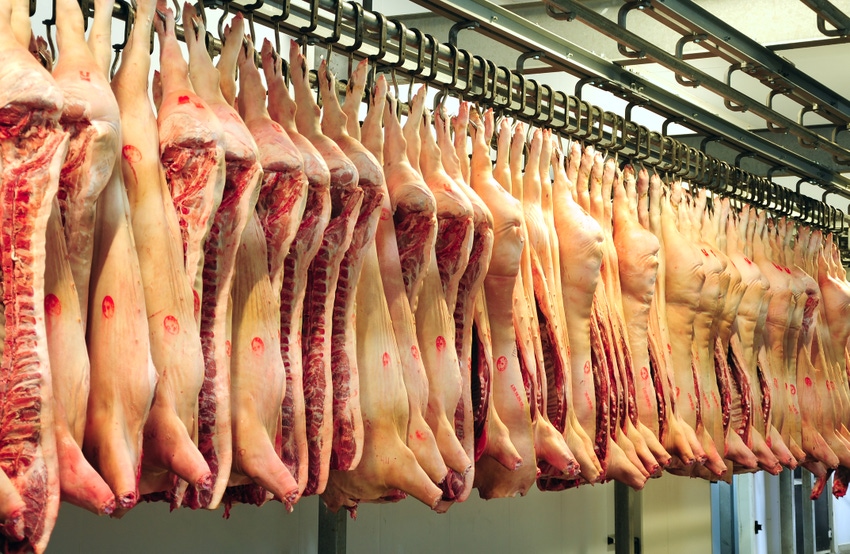Meat Institute releases food safety equipment design principles
Equipment design critical in reducing risk of contamination of food products by pathogens and foreign material.
July 12, 2021

The North American Meat Institute has released new industry-wide “Food Safety Equipment Design Principles” for all equipment used in meat and poultry establishments to address food safety hazards.
“Collaboration from all aspects of sanitation, design, engineering and production contributed to the development of the Principles,” said Meat Institute President and CEO Julie Anna Potts. “They will serve as a valuable resource benefitting the entire industry as we continue innovation in food safety.”
Equipment design is critical in reducing the risk of contamination of food products by pathogens and foreign material. Optimizing the design and performance criteria for equipment and related systems by establishing industry-wide recommendations included in the “Food Safety Equipment Design Principles” promotes principles intended to reduce contamination and associated recalls.
The new principles encompass all aspects of food safety including pathogens and foreign material and were developed for establishments to address various food safety hazards but may be applicable for other similar wet cleaning food operations.
The official principles booklet includes an introduction and a glossary with additional information on certain principle elements. Also available is a downloadable spreadsheet version of the checklist that automatically calculates the overall score.
The Meat Institute is hosting a webinar called the “Introduction to All New Food Safety Equipment Design Principles” on August 2, 2021 at 1:00 pm ET, generously sponsored by Handtmann Inc, to review some of the most critical components of the new principles, including examples of how equipment has been designed to meet certain aspects. Covering such topics as compatible materials, accessibility for sanitation, operational performance, and maintenance enclosures, anyone with a role in food safety, sanitation, or maintenance will benefit from the information shared.
You May Also Like


